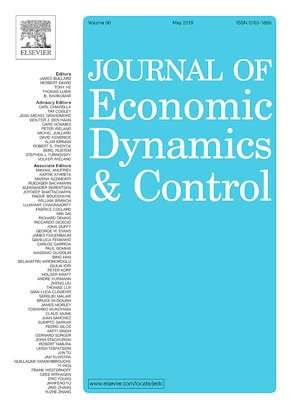
Corsetti, G.
Comments on "Obstfeld and Rogoff's international macro puzzles: a quantitative assessment" by J. Eaton, S. Kortum and B. Neiman
Journal of Economic Dynamics and Control
Vol. 72 pp. 24-28 (2016)
Abstract: There are numerous “puzzles” or “anomalies” (i.e. stylized facts at odds with the predictions of leading models) in international economics. A non-exhaustive list includes 1. the Home bias in consumption and investment demand; 2. the high correlation of domestic investment and domestic saving (Feldstein–Horioka puzzle); 3. the Home bias in equity portfolio (generalized to other asset classes); 4. the low international correlation of consumption (lower than that of output—the quantity puzzle); 5. the failure of purchasing power parity and the law of one price (the PPP puzzle), sometimes discussed in connection to the strong correlation between nominal and real exchange rate volatility (the Mussa puzzle) or the low elasticity of import prices to the exchange-rate (the pass-through puzzle); 6. the low or negative correlation between relative consumption and the real exchange rate (the Backus–Smith–Kollman puzzle); 7. the seemingly disconnected behavior of exchange rates from fundamentals. To this list, one could also add the “elasticities puzzle,” arising from divergent estimates of the extent to which trade quantities respond to prices. These puzzles arise not only in the context of the international real business cycle, but also in the New Open Economy Macroeconomics or New Keynesian literature—although some of them may be mitigated in versions of these models allowing for real and financial “frictions” and/or richer specification of tastes and technology. Individually and altogether, they have long been motivating new directions for the development of the quantitative literature.
Author links: Giancarlo Corsetti
Publisher's Link: https://doi.org/10.1016/j.jedc.2016.07.004 ![]()
